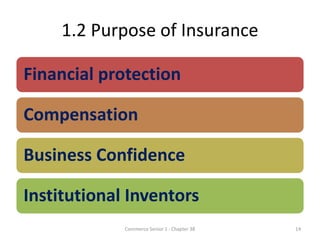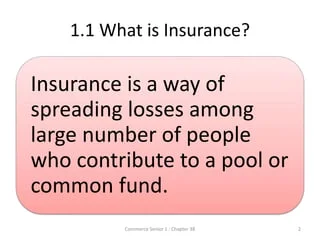The Ultimate Guide To Pacific Prime
The Ultimate Guide To Pacific Prime
Blog Article
The Best Strategy To Use For Pacific Prime
Table of ContentsAll About Pacific PrimeHow Pacific Prime can Save You Time, Stress, and Money.Pacific Prime Can Be Fun For EveryoneSome Known Details About Pacific Prime Some Known Incorrect Statements About Pacific Prime

This is since the data were collected for a duration of solid economic performance. Of the approximated 42 million people who were without insurance, all however concerning 420,000 (about 1 percent) were under 65 years of age, the age at which most Americans come to be eligible for Medicare; 32 million were adults in between ages 18 and 65, about 19 percent of all grownups in this age team; and 10 million were children under 18 years old, concerning 13.9 percent of all children (Mills, 2000).
These quotes of the number of persons without insurance are generated from the annual March Supplement to the Existing Population Study (CPS), performed by the Census Bureau. Unless otherwise kept in mind, national estimates of people without wellness insurance policy and percentages of the populace with different sort of coverage are based on the CPS, the most extensively made use of source of estimates of insurance coverage and uninsurance prices.
Some Known Questions About Pacific Prime.

Still, the CPS is particularly useful because it produces yearly quotes fairly promptly, reporting the previous year's insurance policy protection approximates each September, and since it is the basis for a constant collection of estimates for even more than twenty years, allowing for evaluation of trends in protection in time. For these factors, in addition to the substantial use the CPS in other researches of insurance policy protection that are presented in this record, we rely upon CPS estimates, with limitations kept in mind.

The estimate of the variety of uninsured individuals expands when a populace's insurance coverage standing is tracked for a number of years. Over a three-year period starting early in 1993, 72 million people, 29 percent of the U.S. https://young-nemophila-a7b.notion.site/Pacific-Prime-Your-Partner-for-Comprehensive-Insurance-Solutions-7ea95e6a0f4e46d6a51631c55774899a?pvs=25. populace, lacked protection for at the very least one month. Within a solitary year (1994 ), 53 million individuals experienced a minimum of a month without coverage (Bennefield, 1998a)
6 out of every 10 without insurance adults are themselves employed. Functioning does improve the chance that one and one's family members will certainly have insurance, it is not a guarantee. Also members of households with 2 full time breadwinner have nearly a one-in-ten chance of being without insurance (9.1 percent without insurance rate) (Hoffman and Pohl, 2000).
Pacific Prime Can Be Fun For Everyone
New immigrants make up a considerable percentage of individuals without wellness insurance coverage. One evaluation has associated a substantial section of the recent growth in the size of the united state without insurance populace to immigrants who click arrived in the country between 1994 and 1998 (Camarota and Edwards, 2000). Recent immigrants (those that came to the United States within the past 4 years) do have a high price of being without insurance (46 percent), but they and their youngsters make up just 6 percent of those without insurance policy across the country (Holahan et al., 2001).
The relationship between medical insurance and accessibility to care is well established, as documented later in this chapter. The relationship between wellness insurance policy and wellness end results is neither straight neither simple, a comprehensive scientific and health and wellness services research study literature links health insurance policy protection to improved access to care, far better high quality, and enhanced personal and population health condition.
Levels of analysis for analyzing the results of uninsurance. It focuses especially on those without any type of health and wellness insurance for any kind of length of time.
The Ultimate Guide To Pacific Prime
The problems faced by the underinsured are in some areas similar to those encountered by the uninsured, although they are usually less severe. Wellness insurance coverage, nonetheless, is neither needed nor adequate to obtain access to clinical solutions. The independent and straight result of health and wellness insurance coverage on accessibility to wellness services is well developed.
Others will obtain the health treatment they need also without medical insurance, by paying for it out of pocket or seeking it from carriers who use treatment free or at very subsidized prices. For still others, wellness insurance policy alone does not guarantee receipt of care as a result of various other nonfinancial barriers, such as a lack of health treatment companies in their neighborhood, limited accessibility to transport, illiteracy, or linguistic and cultural differences.
The Ultimate Guide To Pacific Prime
Formal research study concerning without insurance populations in the United States dates to the late 1920s and early 1930s when the Board on the Cost of Treatment created a collection of records concerning financing doctor workplace check outs and hospital stays. This concern came to be salient as the numbers of medically indigent climbed during the Great Depression.
Report this page